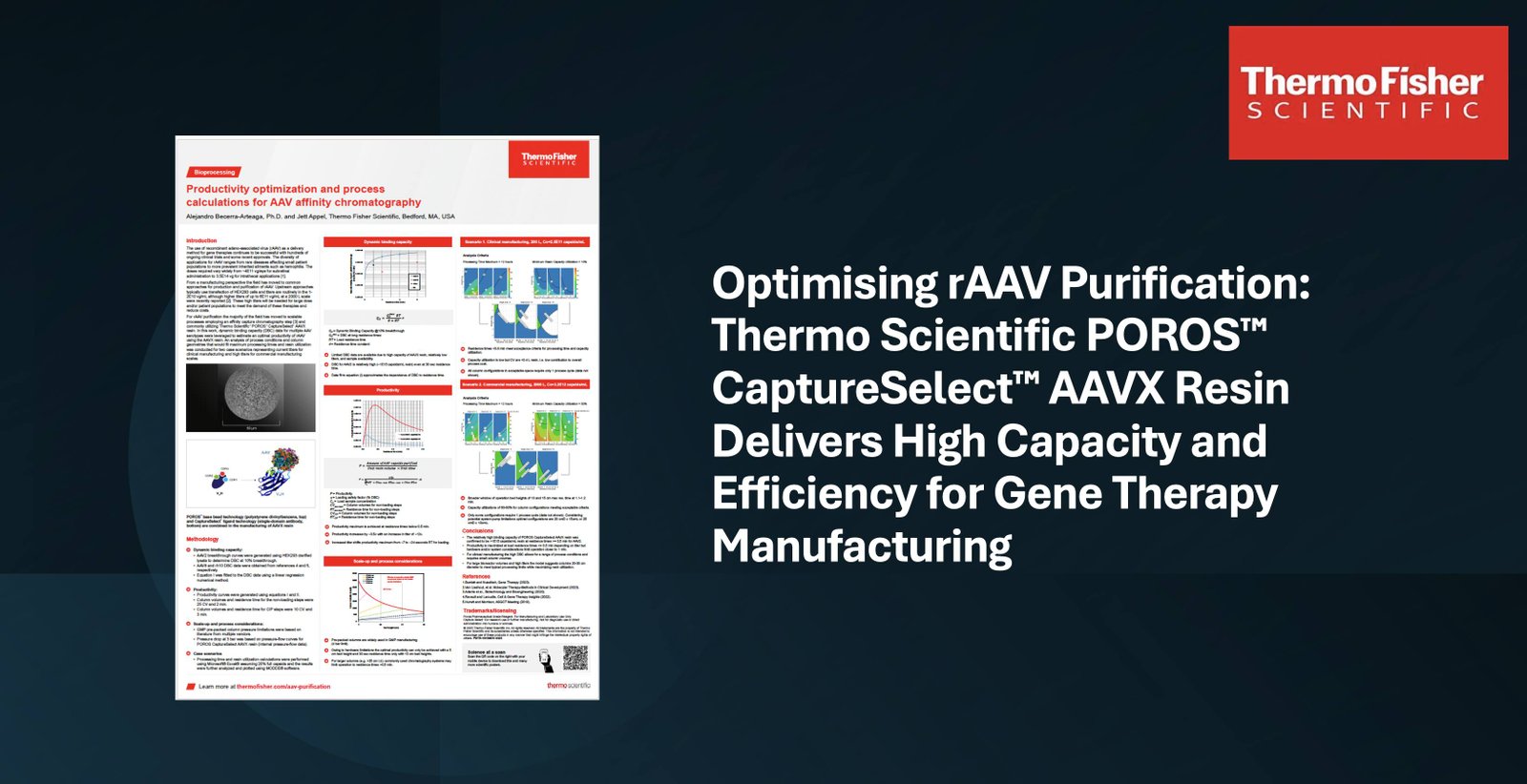NUS Scientists Discover Novel Method to Activate Muscle Cells’ Natural Defences Against Cancer Using Magnetic Pulses
22 May 2024 | Wednesday | News

A team of researchers led by Associate Professor Alfredo Franco-Obregón from the NUS Institute for Health Innovation & Technology (iHealthtech) has unveiled a groundbreaking approach to stimulate muscle cells using brief and mild pulsed electromagnetic field exposure. This innovative technique prompts muscle cells to produce and release proteins with anticancer properties, offering system-wide protection against cancer when carried in the bloodstream.
Exercise is widely recognized for its protective effects against cancer, including reducing the risk of breast, prostate, and colon cancers, and improving survival rates for cancer patients. However, cancer progression and treatment-related side effects often prevent patients from exercising and benefiting from these effects.
"The BICEPS lab's method of stimulating muscle cells uses a form of magnetic therapy that shares key commonalities with exercise. Our study demonstrated that this non-invasive method of muscle stimulation activates a similar anticancer defence as exercise, moving us closer to developing drug-free therapeutics and identifying cancer-related biomarkers. This can help cancer patients benefit from exercise-stimulated anticancer agents without the need to exercise," said Assoc Prof Franco-Obregón.
The NUS team published the details of this drug-free and non-invasive approach in Cells on March 5, 2024.
Anticancer Properties of Magnetically-Stimulated Muscle Cells
In a previous study, Assoc Prof Franco-Obregón and his team showed that briefly exposing isolated muscle cells to 10 minutes of low-energy magnetic fields boosted muscle development by stimulating the release of regenerative and rejuvenating proteins. These proteins are known to protect against diseases such as diabetes and cancer.
In the new study, the team investigated whether the same magnetic stimulation protocol could encourage the production and release of anticancer agents from intact muscles in preclinical models. They aimed to identify and validate these anticancer factors.
The researchers first tested their hypothesis at the cellular level, finding that muscle cells undergoing magnetic therapy could inhibit breast cancer cell growth, invasion, and migration—key characteristics of cancer progression. Additionally, magnetically-stimulated muscle cells were able to shrink micro-tumours and reduce their blood vessel formation.
Next, the team conducted preclinical studies to validate their tissue culture findings. They demonstrated that a 10-minute exposure to magnetic therapy once a week for eight weeks was sufficient to evoke anticancer properties similar to those produced by exercising twice a week for 20 minutes per session over the same period.
The researchers identified HTRA1, a suspected tumour suppressor, as a critical factor. HTRA1 was secreted from muscle cells exposed to 10 minutes of magnetic fields per week, similarly to the secretion observed with 20 minutes of exercise twice a week. Removing HTRA1 from the muscle cells eliminated their anticancer potency, while applying synthetic HTRA1 to cancer cells recreated the anticancer effects of magnetic field exposure and exercise. These results confirm HTRA1's necessity and sufficiency for the anticancer effect of muscle.
Interestingly, HTRA1 is essential for muscle development and the buildup of muscle's anticancer protein arsenal, making muscle our greatest natural defence against cancer. The researchers showed that early exposure of isolated muscle cells to HTRA1 stimulated their development and increased their anticancer potency, effectively replicating exercise adaptations in the laboratory.
"HTRA1 released during exercise may cause muscles to adapt to secrete HTRA1 even at rest, explaining why exercise makes us more resistant to cancer. To extend the analogy, if muscle is our anticancer pharmacy, magnetic field therapy may be an inexpensive, yet effective, prescription," said Assoc Prof Franco-Obregón.
Next Steps
Building on these promising preclinical results, the NUS team is initiating clinical trials to assess the anticancer potential of muscle-targeted magnetic therapy in humans and to corroborate the anticancer effects of HTRA1 in humans with breast and other cancers.
The team also plans to conduct further studies to identify other anticancer biomarkers produced and released by muscle cells. These biomarkers could serve as potential targets for developing drugs and therapeutics to treat cancer. As muscle is a foundation of rejuvenating and disease-fighting factors, this approach holds significant potential.
Most Read
- Taiwan Steps Into the Global Spotlight With a New Cancer Therapy
- The Role of Unique Device Identification (UDI) in Tracing Medical Device Safety
- The Importance of a Patient’s Mental Health During Clinical Trials
- Bridging the Vision Gap: Roche’s Ahmed Elhusseiny on Eye Health Priorities in Asia Pacific
- How Merck’s India-Based Navi Mumbai Centre is Reimagining Formulation Science for the Global Generics Market
- Advancing Cell & Gene Therapy in APJ: How Thermo Fisher Enables Breakthrough Innovation
- AstraZeneca’s Vision for Chronic Kidney Disease: Sylvia Varela on Transforming CKD Care in Asia
Bio Jobs
- Ravindra Rao Joins GOBI Technologies as Director of Life Sciences – APAC
- Amgen Announces $900 Million Expansion of Ohio Biomanufacturing Facility, Boosting Investment to Over $1.4 Billion
- Thermo Fisher Scientific Appoints Former CVS Health CEO Karen S. Lynch to Board of Directors
- Merck KGaA Reshapes Leadership for the Future with Key Executive Moves
- Aarian Health Appoints Thomas Keller as Business Director to Drive Innovation and Growth
- Top Management Shakeups of 2024: Redefining Pharma, Biopharma, and Biotech Leadership
News
Editor Picks











